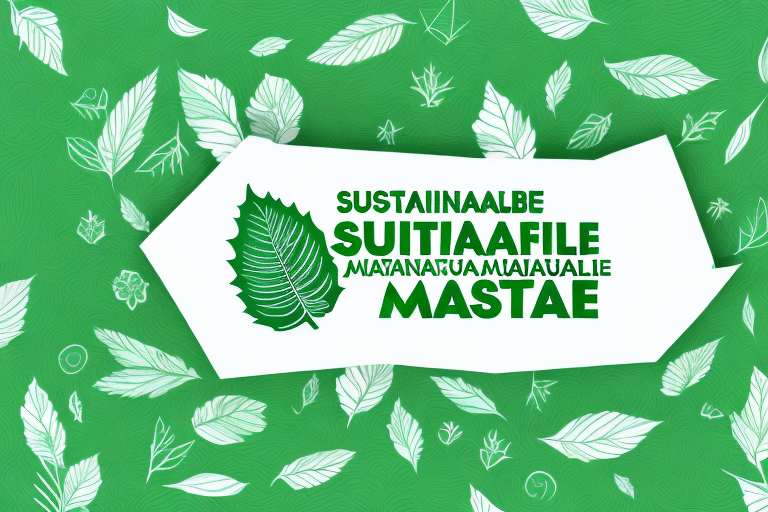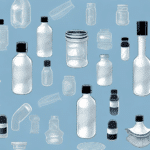Current State of Packaging and Its Environmental Impact
Packaging is integral to modern life, with over 40% of global plastic production allocated to packaging alone. This extensive use results in significant environmental challenges, including increased waste, elevated carbon emissions, and prolonged degradation periods that harm ecosystems and human health. The reliance on fossil fuels in the packaging and transportation sectors further exacerbates global warming and environmental degradation. Consequently, there is a pressing need for sustainable packaging solutions to mitigate these adverse effects.
Understanding Sustainable Packaging
Sustainable packaging is designed to minimize environmental impact throughout its lifecycle, from production to disposal. It encompasses a variety of materials and practices, including the use of recycled, biodegradable, and compostable materials, as well as the integration of renewable energy in manufacturing and transportation processes. Sustainable packaging also emphasizes waste reduction, consumer safety, and the socio-economic well-being of communities.
Benefits of Sustainable Packaging
Environmental Benefits
Adopting sustainable packaging reduces the volume of waste sent to landfills and oceans, conserves natural resources, and lowers carbon emissions. Materials like biodegradable and compostable polymers break down more efficiently, lessening the environmental footprint compared to traditional plastics.
Economic Benefits
Transitioning to sustainable packaging can lead to cost savings by decreasing material usage and enhancing supply chain efficiencies. Additionally, companies often experience improved brand loyalty and increased sales as consumers increasingly prefer eco-friendly products.
Innovations in Sustainable Packaging
Biodegradable and Compostable Materials
Recent advancements include the development of packaging from plant-based sources such as cornstarch, bamboo, and mushroom mycelium. These materials decompose naturally, reducing environmental impact.
Recyclable and Reusable Solutions
Innovative designs are focusing on creating packaging that can be easily recycled or reused. Examples include glass containers, metal tins, and other durable materials that support a circular economy.
Implementing Sustainable Packaging in Business
How to Switch to Sustainable Packaging
Businesses looking to adopt sustainable packaging should start by evaluating their current packaging practices. This involves identifying areas for improvement, selecting appropriate sustainable materials, and redesigning packaging to optimize efficiency and reduce waste.
Overcoming Implementation Challenges
Common challenges include higher initial costs, limited availability of sustainable materials, and the need for new supply chain logistics. To address these, companies can invest in research and development, seek partnerships with sustainable material suppliers, and engage in long-term planning to integrate sustainable practices seamlessly.
Sustainable Packaging in the Retail Industry
The retail sector is a significant contributor to packaging waste, but it also has substantial opportunities to lead in sustainability. By adopting eco-friendly packaging, retailers can enhance their brand image, meet consumer demand for sustainable products, and reduce operational costs associated with waste management.
Case Studies of Successful Implementation
Companies like Unilever, Nestlé, and H&M have made notable strides in sustainable packaging. Unilever's closed-loop supply chain for tea products has reduced waste by 96%, Nestlé's KitKat packaging is now recyclable or compostable, and H&M's Conscious Collection utilizes sustainable materials to bolster their brand reputation.
Consumer Attitudes and Brand Loyalty
Consumers are increasingly prioritizing environmental sustainability in their purchasing decisions. Studies show that a significant portion of consumers are willing to pay a premium for products with sustainable packaging, leading to greater brand loyalty and positive brand associations for companies that prioritize eco-friendly practices.
Balancing Aesthetics with Sustainability
While sustainability is crucial, packaging design must also be visually appealing and functional. Companies can achieve this balance by selecting materials that offer both aesthetic appeal and environmental benefits, optimizing packaging size and shape, and conducting consumer testing to ensure that sustainable packaging meets market expectations.
Policy and Future Trends in Sustainable Packaging
Policy Initiatives and Regulations
Governments worldwide are implementing regulations to promote sustainable packaging. For instance, the European Union's Single-Use Plastics Directive aims to reduce plastic waste and encourage the use of sustainable materials. In the United States, states like California and New York are introducing laws to support sustainable packaging practices in the retail sector.
Future Trends and Innovations
The future of sustainable packaging is poised for growth, with trends such as increased use of recycled and bio-based materials, integration of digital technologies for better supply chain transparency, and developments in smart packaging that enhances functionality while maintaining environmental standards.
Conclusion
Sustainable packaging is essential for fostering a sustainable future by reducing waste, lowering carbon emissions, and minimizing environmental damage. Businesses must invest in innovative and impactful packaging solutions that balance aesthetics with sustainability. With supportive policies, technological advancements, and growing consumer demand, companies can effectively implement sustainable packaging practices that benefit both the environment and their economic performance.




















